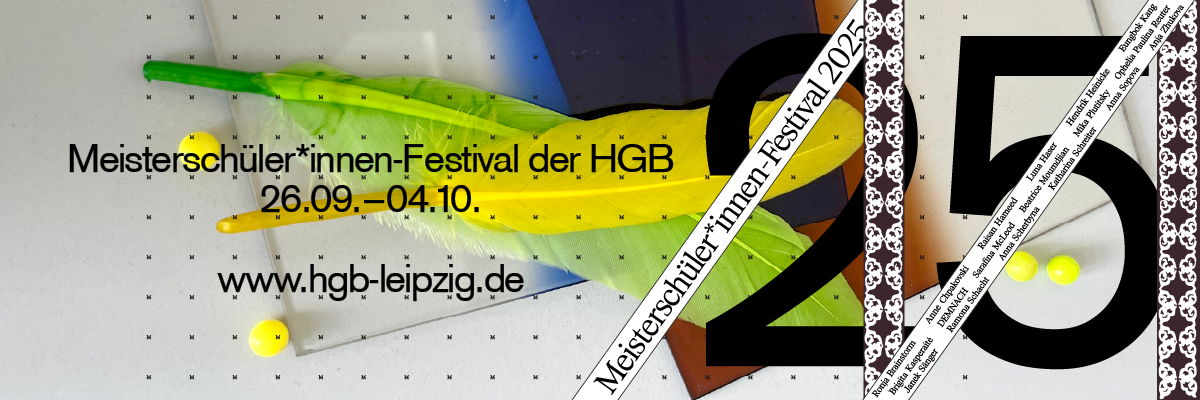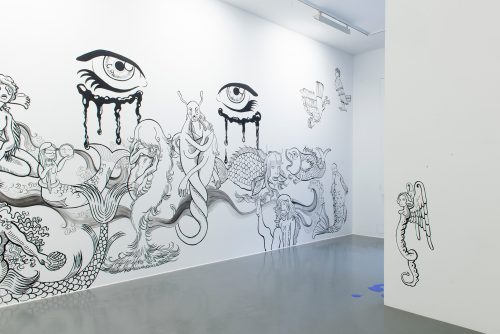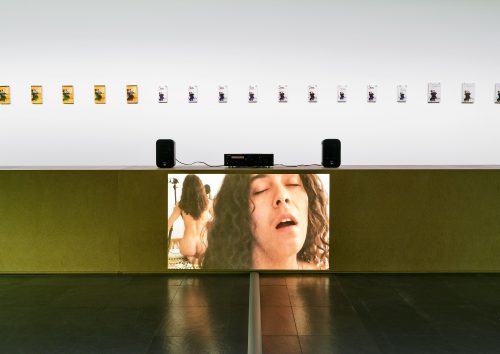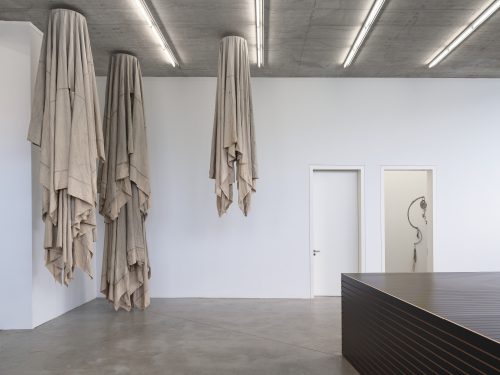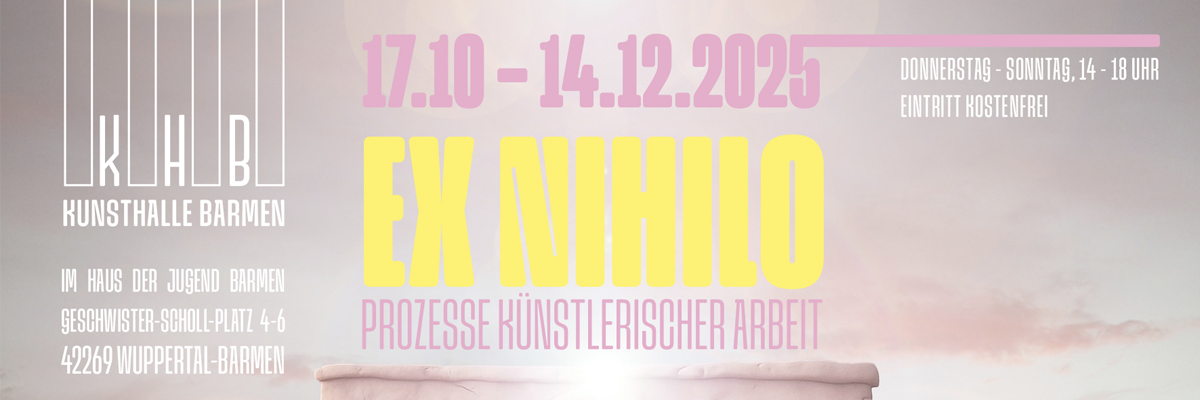
Mira Boczniowicz, Anna Bujak, Natalia Kopytko, Dominika Łabądź, Karina Marusińska
War Garden: Plants in Times of Conflict
Project Info
- 💙 66P Subjective Institution of Culture, Wrocław (Poland)
- 💚 Agnieszka Kłos
- 🖤 Mira Boczniowicz, Anna Bujak, Natalia Kopytko, Dominika Łabądź, Karina Marusińska
- 💜 Agnieszka Kłos
- 💛 Michał Pietrzak
Share on
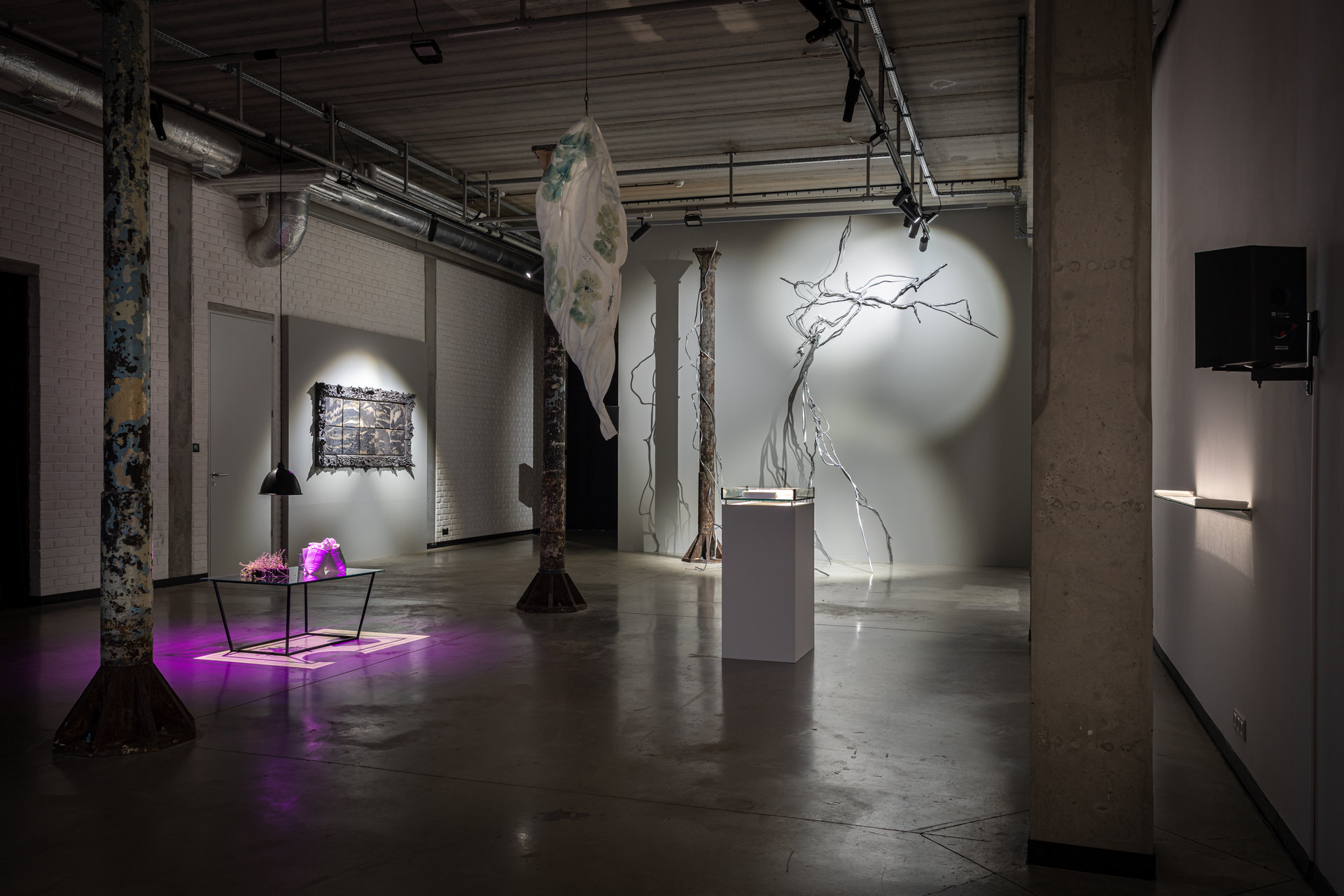
"Ward Garden. Plants in Times of Conflict", view of exhibition, 66P Subjective Institution of Culture, Wrocław 2025, photo by Michał Pietrzak (1)
Advertisement
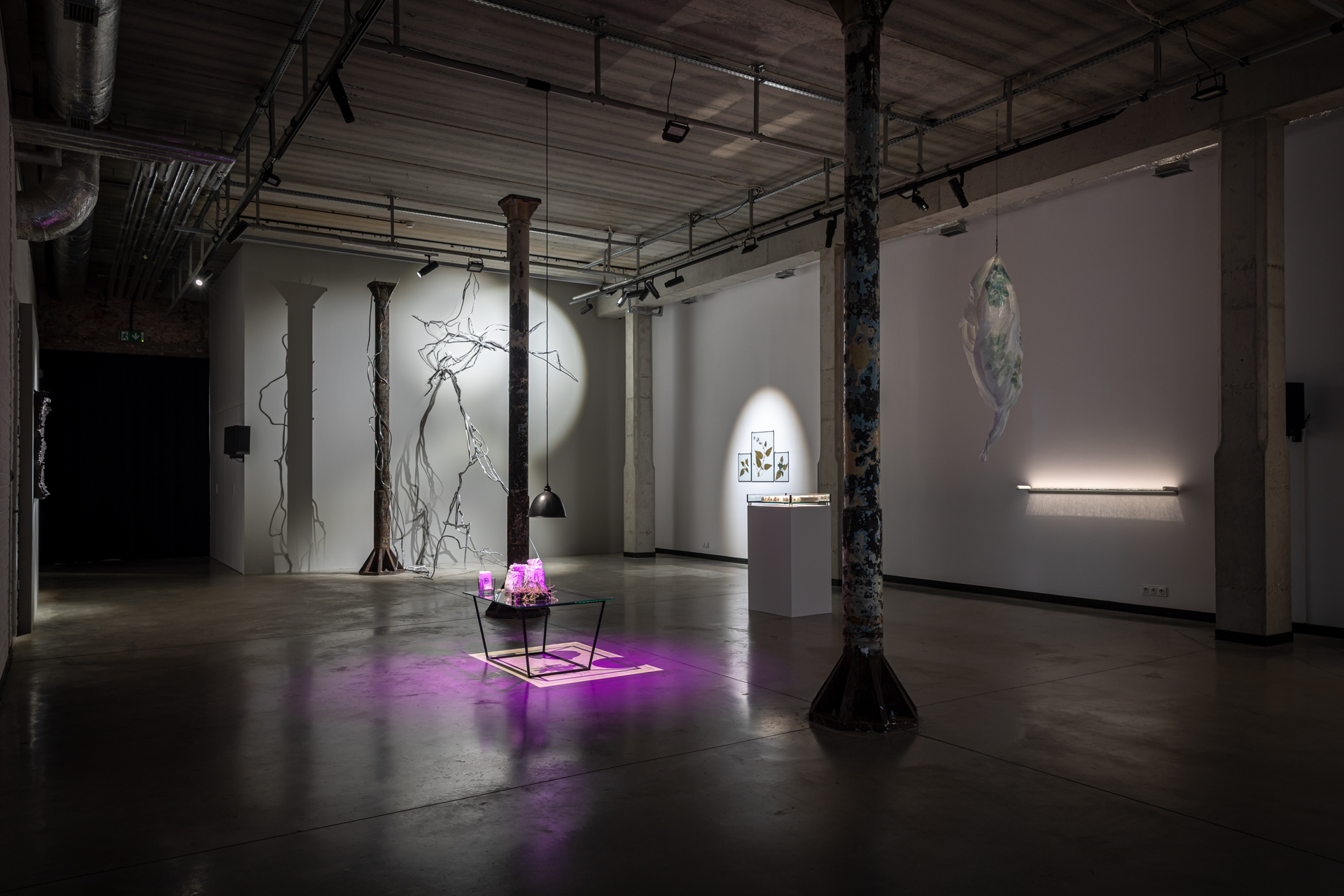
"Ward Garden. Plants in Times of Conflict", view of exhibition, 66P Subjective Institution of Culture, Wrocław 2025, photo by Michał Pietrzak (2)
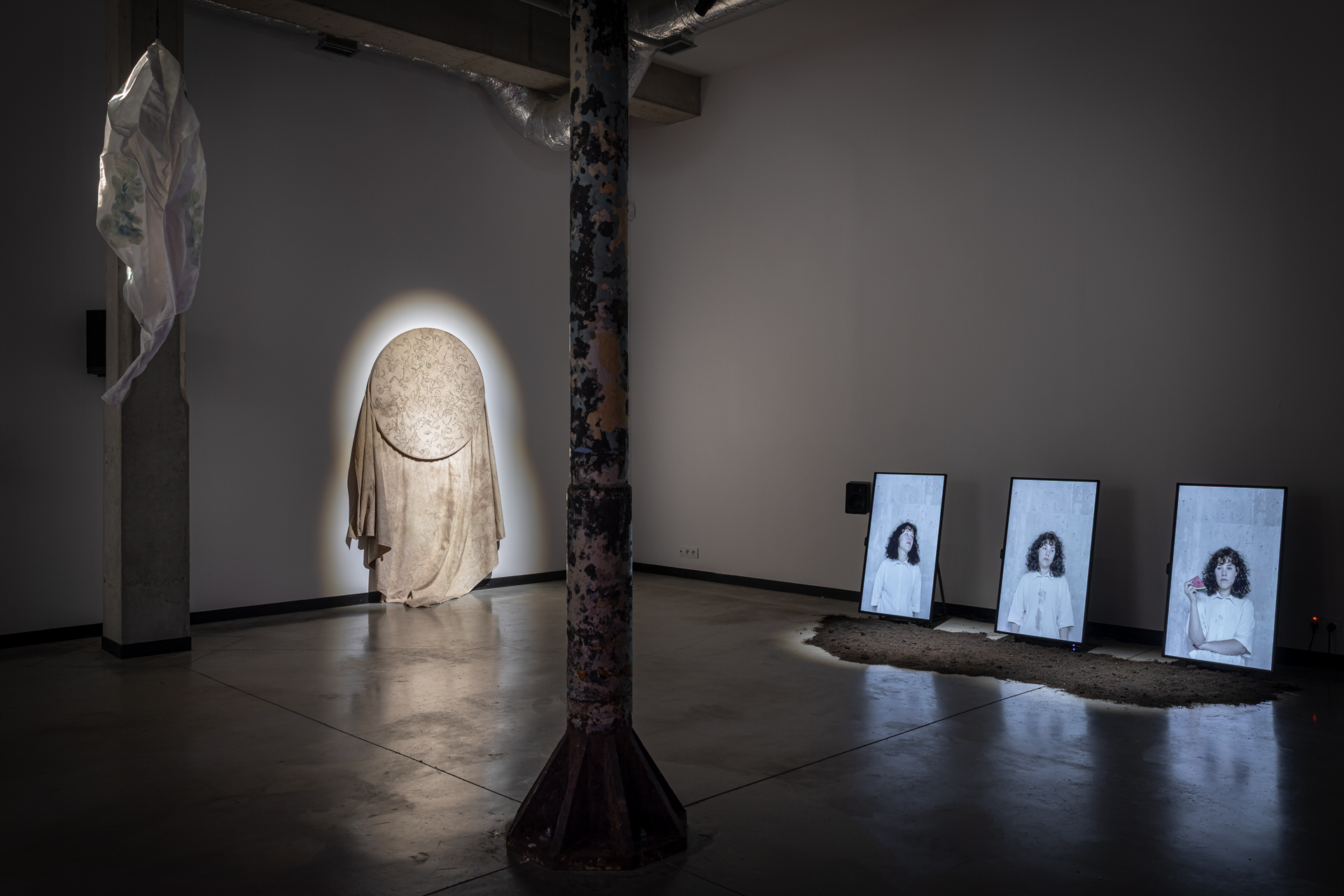
"Ward Garden. Plants in Times of Conflict", view of exhibition, 66P Subjective Institution of Culture, Wrocław 2025, photo by Michał Pietrzak (3)
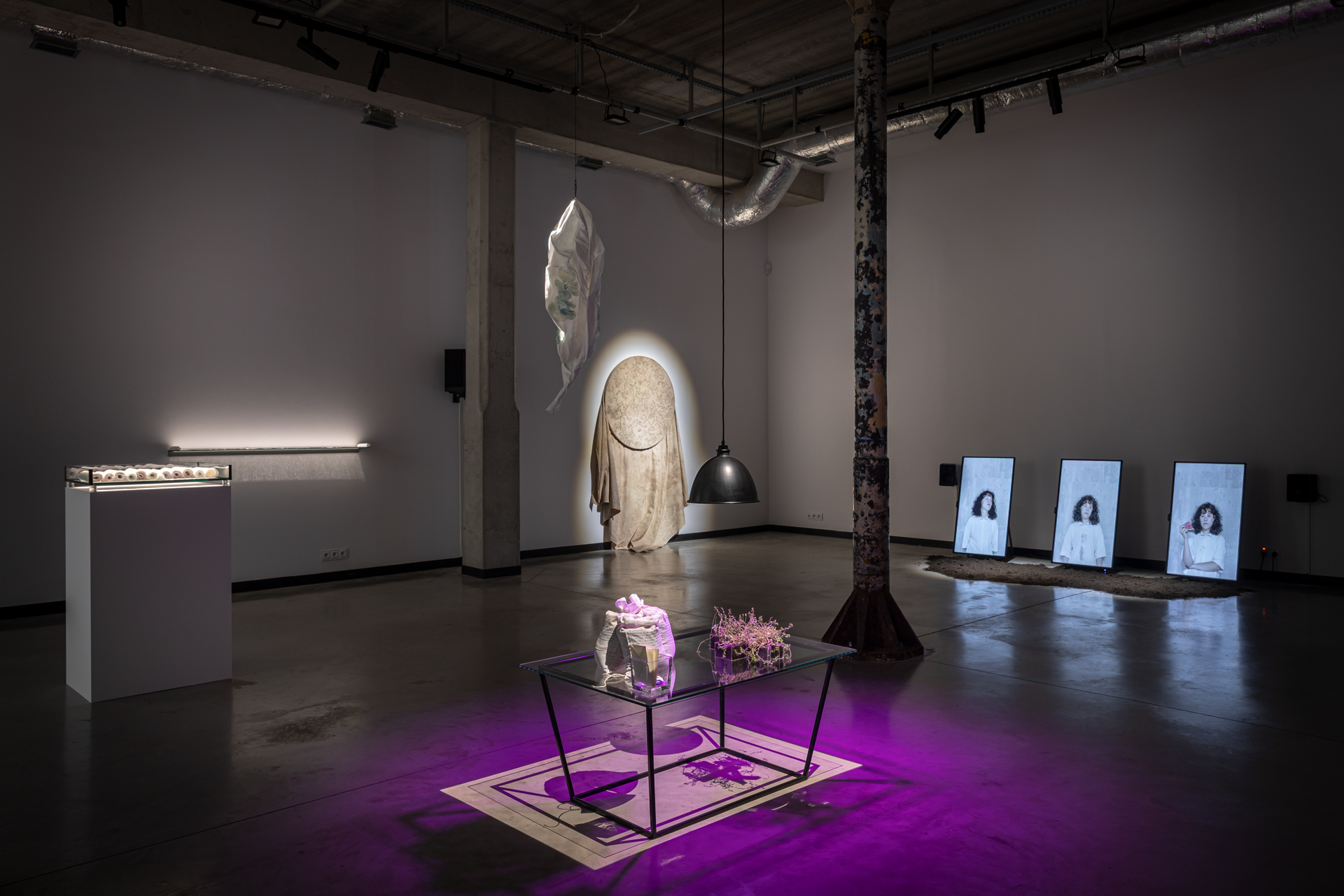
"Ward Garden. Plants in Times of Conflict", view of exhibition, 66P Subjective Institution of Culture, Wrocław 2025, photo by Michał Pietrzak (4)
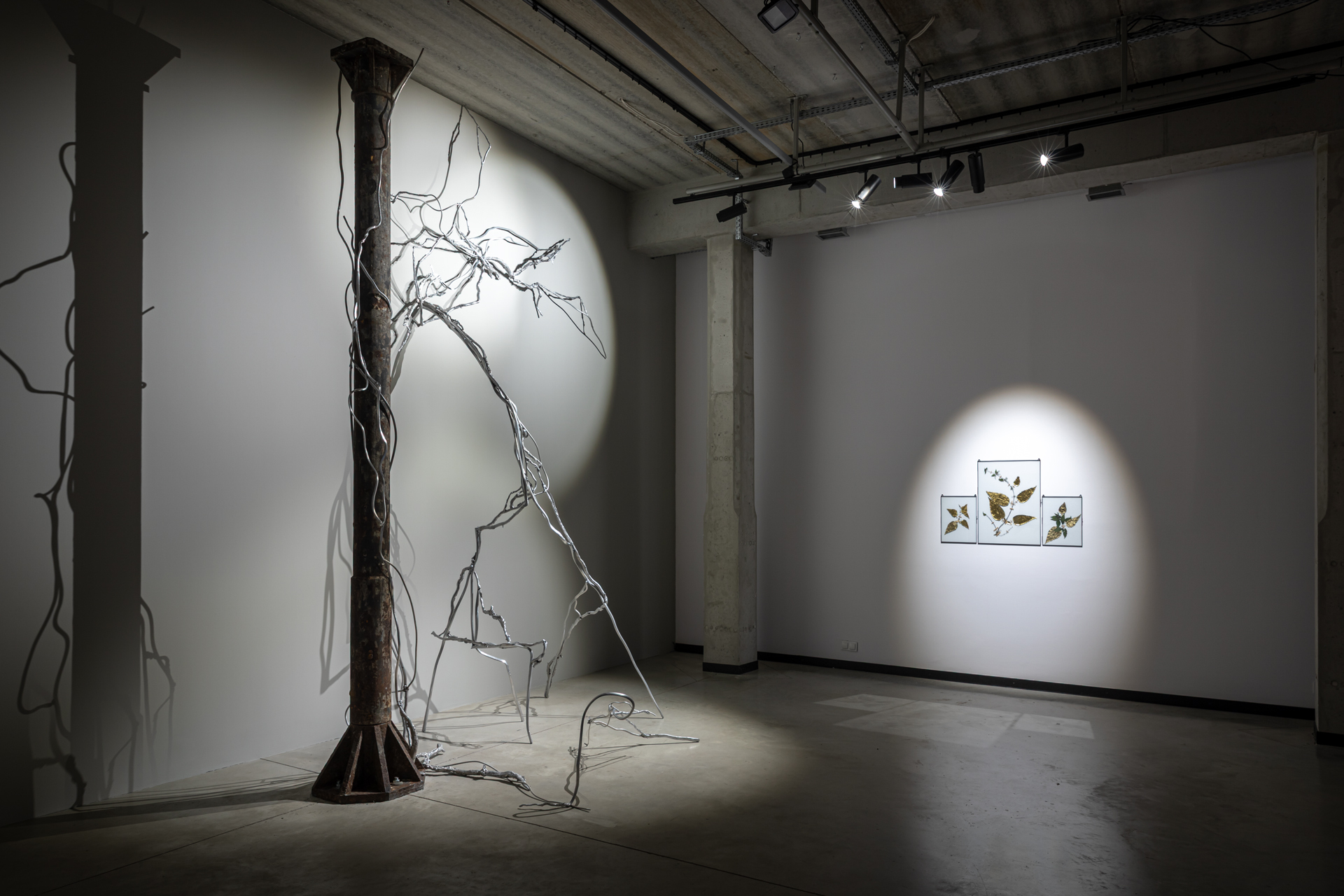
"Ward Garden. Plants in Times of Conflict", view of exhibition, 66P Subjective Institution of Culture, Wrocław 2025, photo by Michał Pietrzak (5)
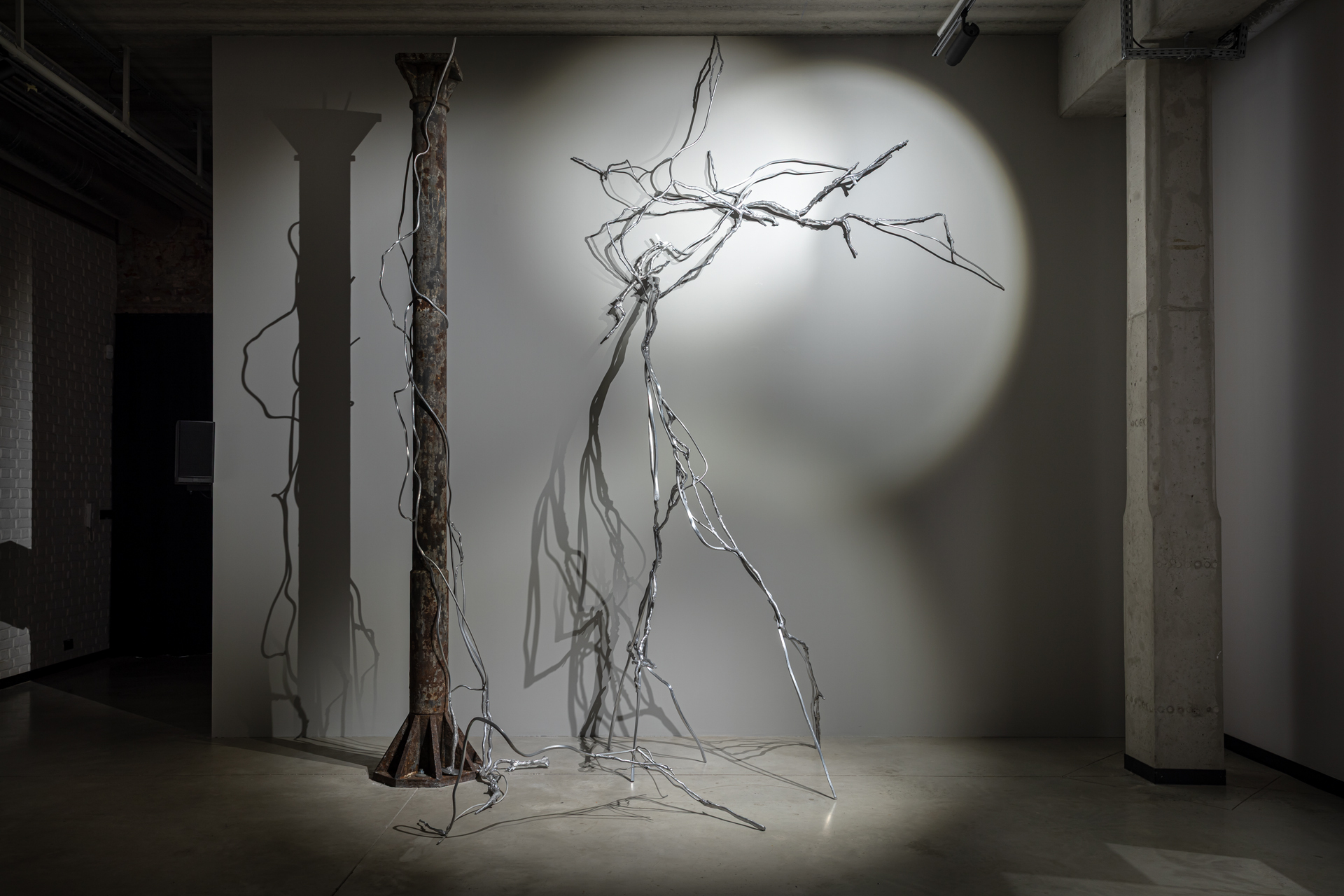
Anna Bojak, "Roots", 2025, installation, casting technique, welded aluminium, cast iron, acrylic, variable dimensions, approx. 370 x 300 x 170 cm
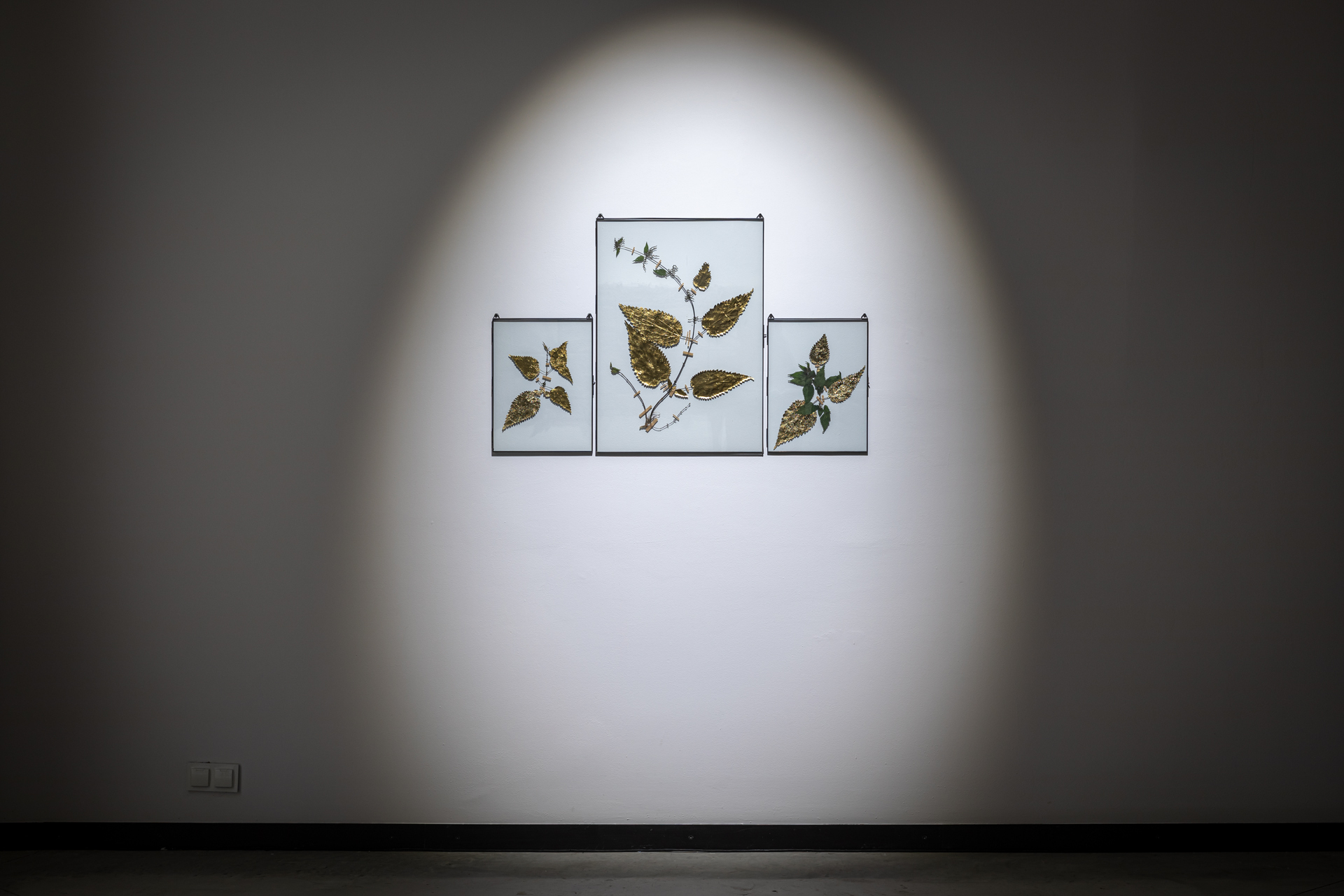
Anna Bujak, "Nettles", 2025, plants, gold leaf, glass, 40 x 30 cm, 50 x 70 cm
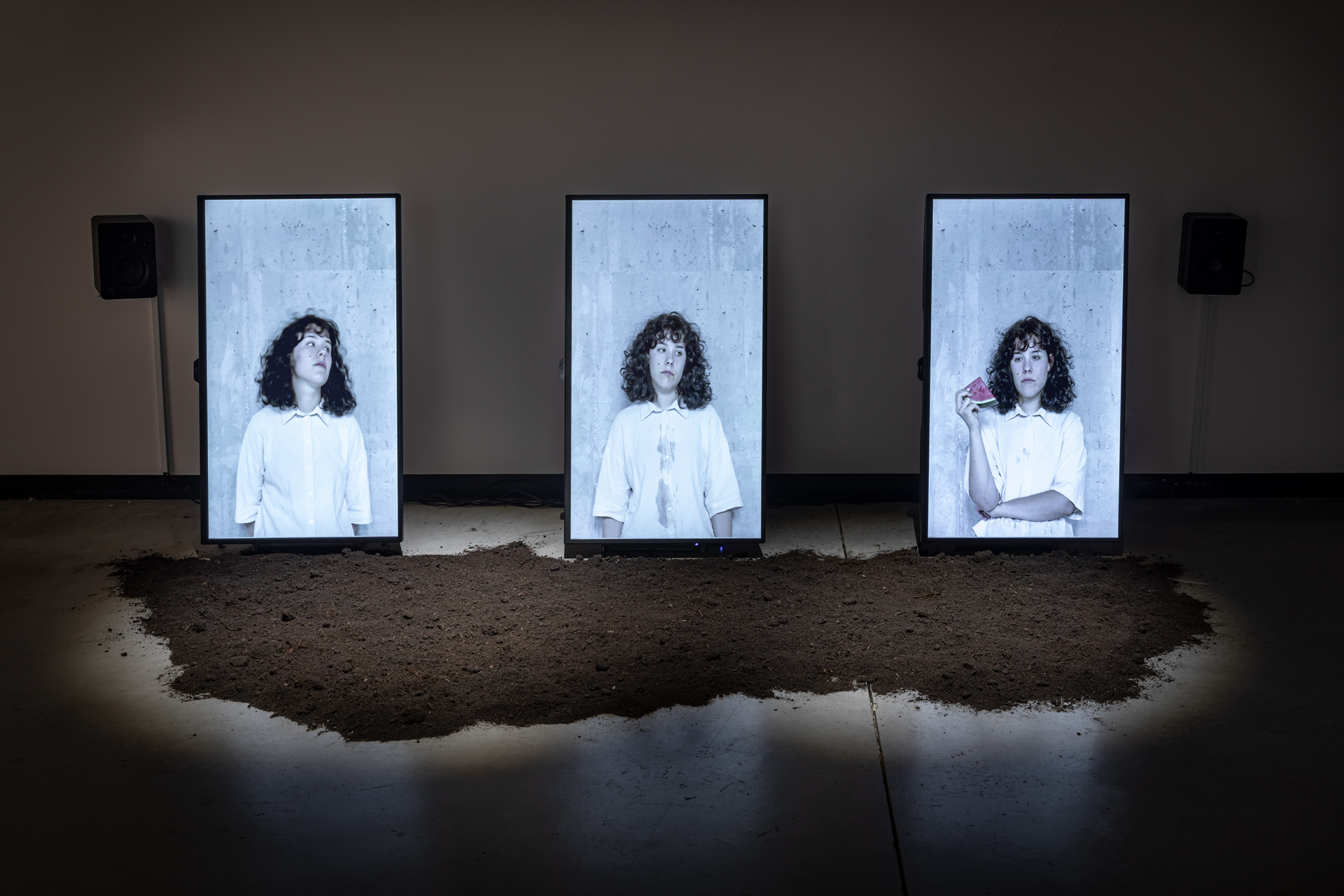
Dominika Łabądź, "Hot!", 2025, three-channel full HD video installation, 4'26'', featuring Anastazja Kowalska, audio mastering Arnold de Boer
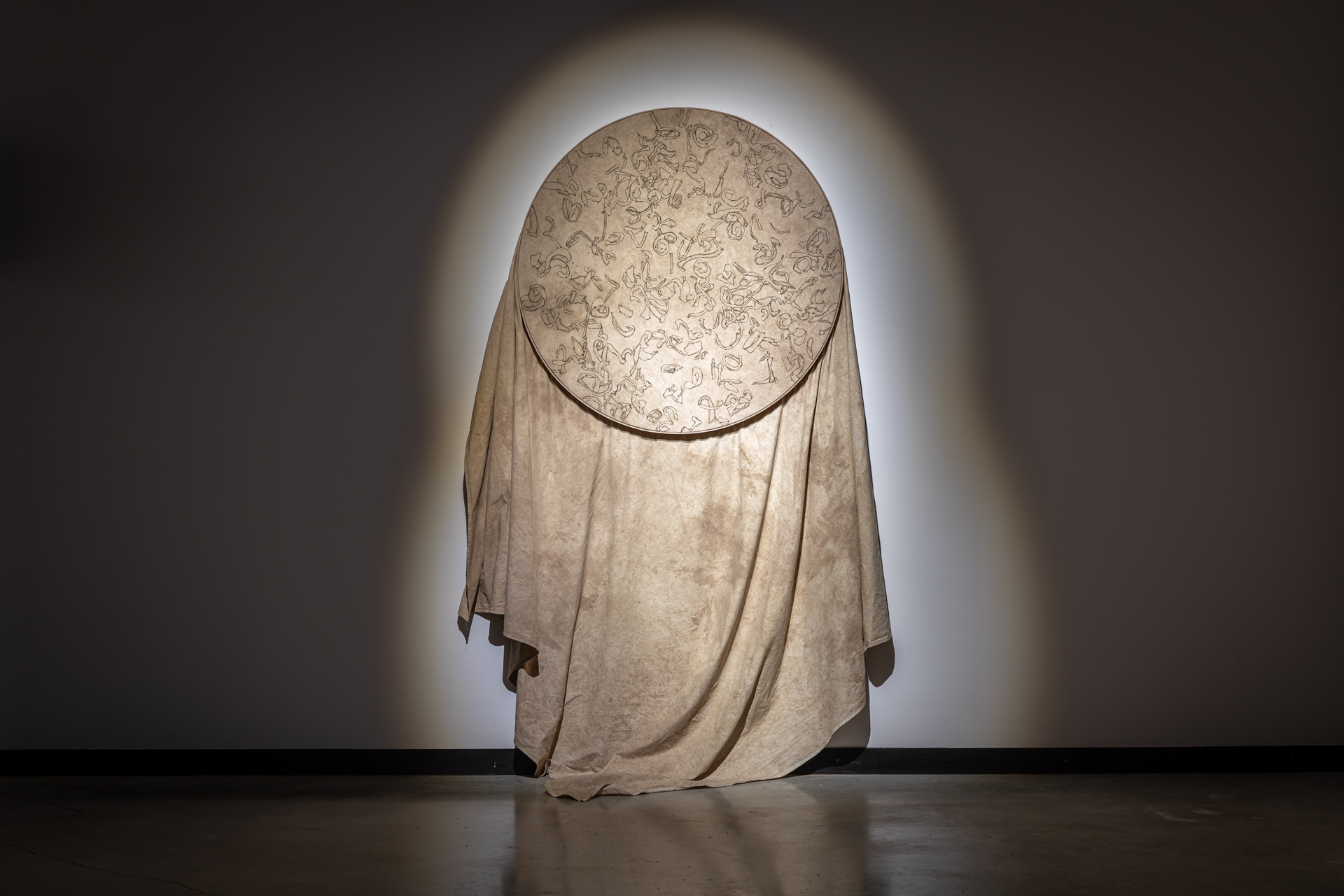
Karina Marusińska, "Peelings", 2025, installation, fabric dyed with natural pigments from potatoes hand painted with paint made from natural pigments and acacia resin, 235 x 225 cm, wooden hoop, diameter 100 cm
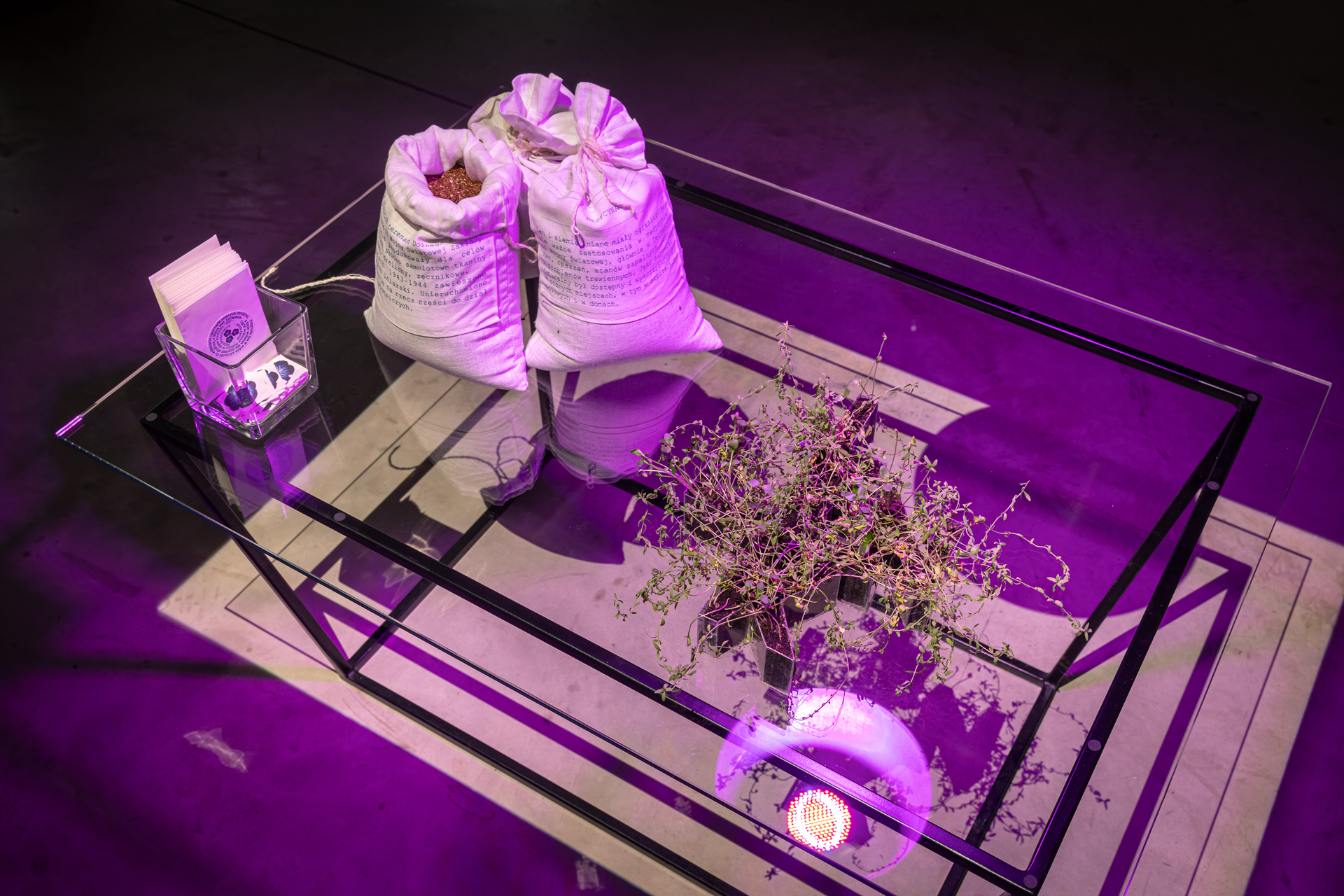
Mira Boczniowicz, "Scrolls and Shroud. The Essence of Life 2025, installation, cyanotype, biomedia, linen, canvas, flax, seeds, soil, plants, in photosynthesis and vegetation glass, various, dimentions (detail 1)
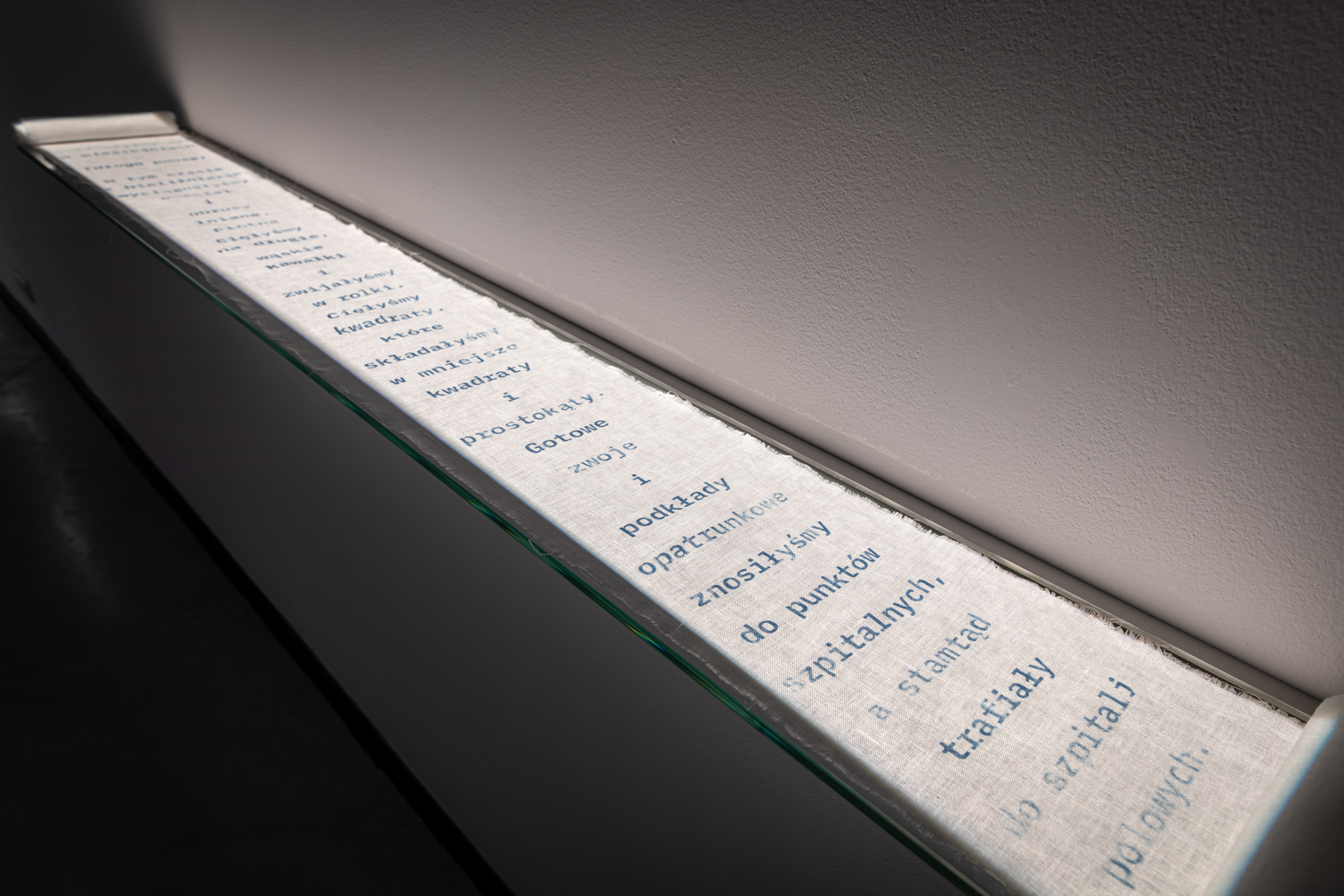
Mira Boczniowicz, "Scrolls and Shroud. The Essence of Life 2025, installation, cyanotype, biomedia, linen, canvas, flax, seeds, soil, plants, in photosynthesis and vegetation glass, various, dimentions (detail 2)
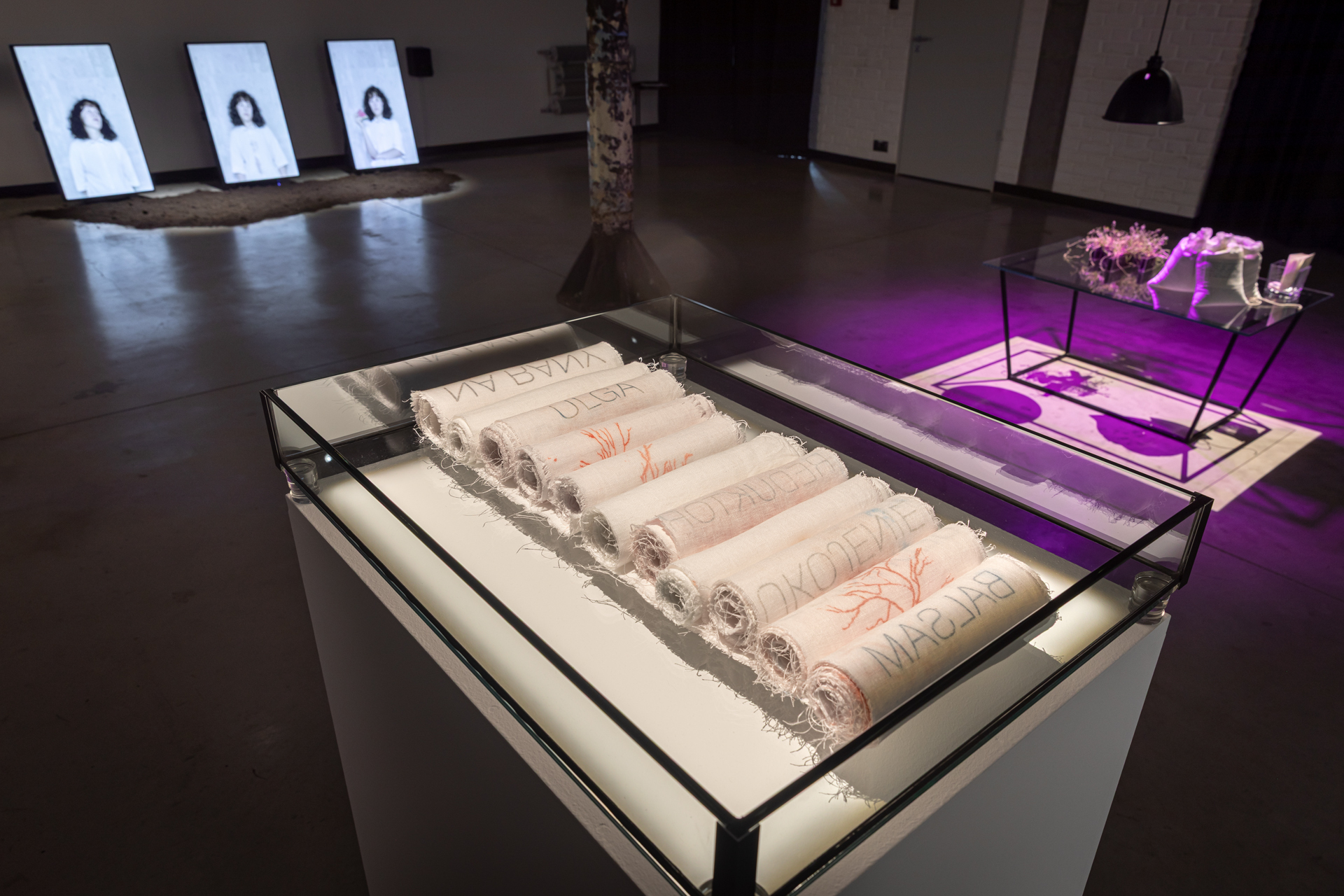
Mira Boczniowicz, "Scrolls and Shroud. The Essence of Life 2025, installation, cyanotype, biomedia, linen, canvas, flax, seeds, soil, plants, in photosynthesis and vegetation glass, various, dimentions (detail 3)
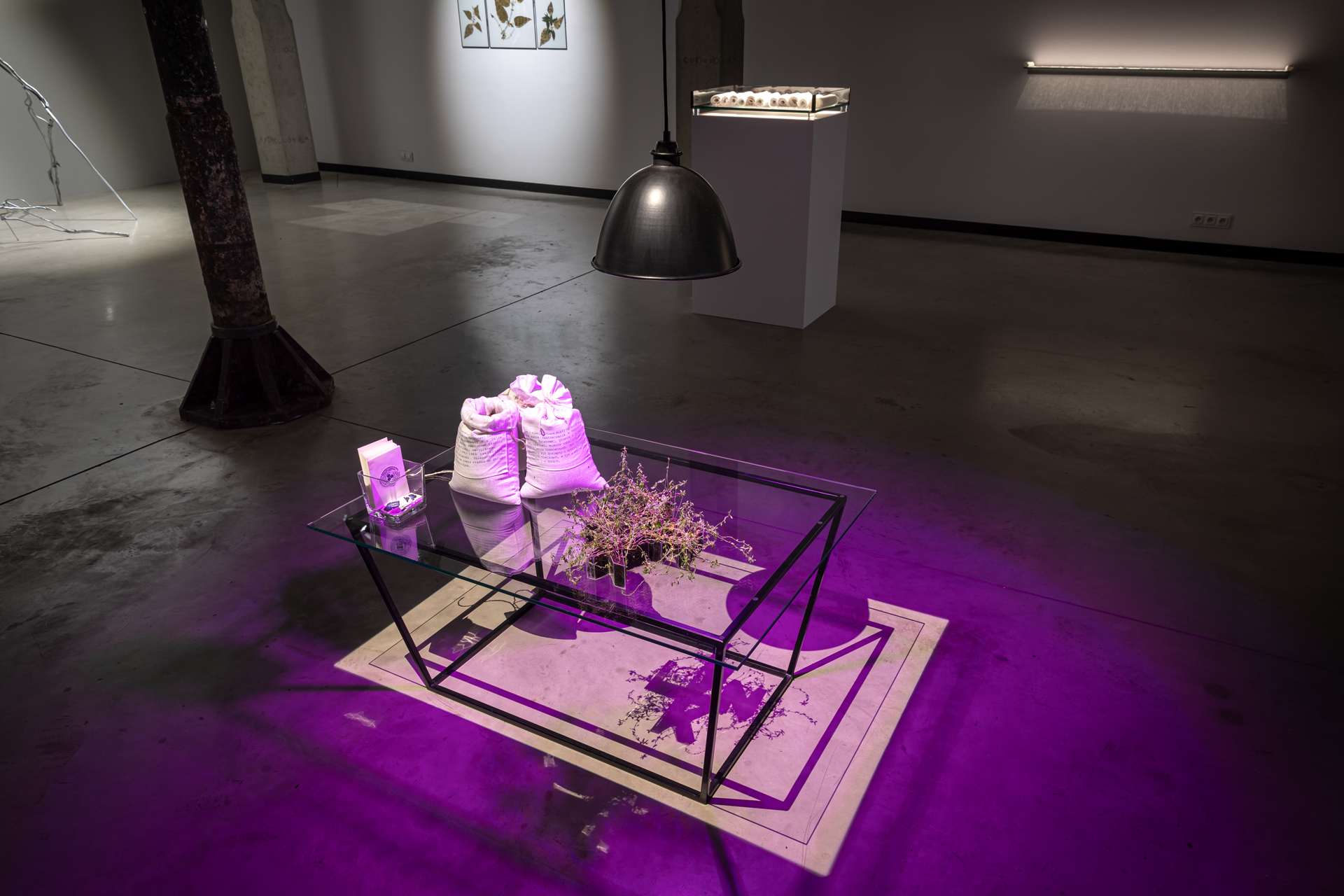
Mira Boczniowicz, "Scrolls and Shroud. The Essence of Life 2025, installation, cyanotype, biomedia, linen, canvas, flax, seeds, soil, plants, in photosynthesis and vegetation glass, various, dimentions (detail 4)
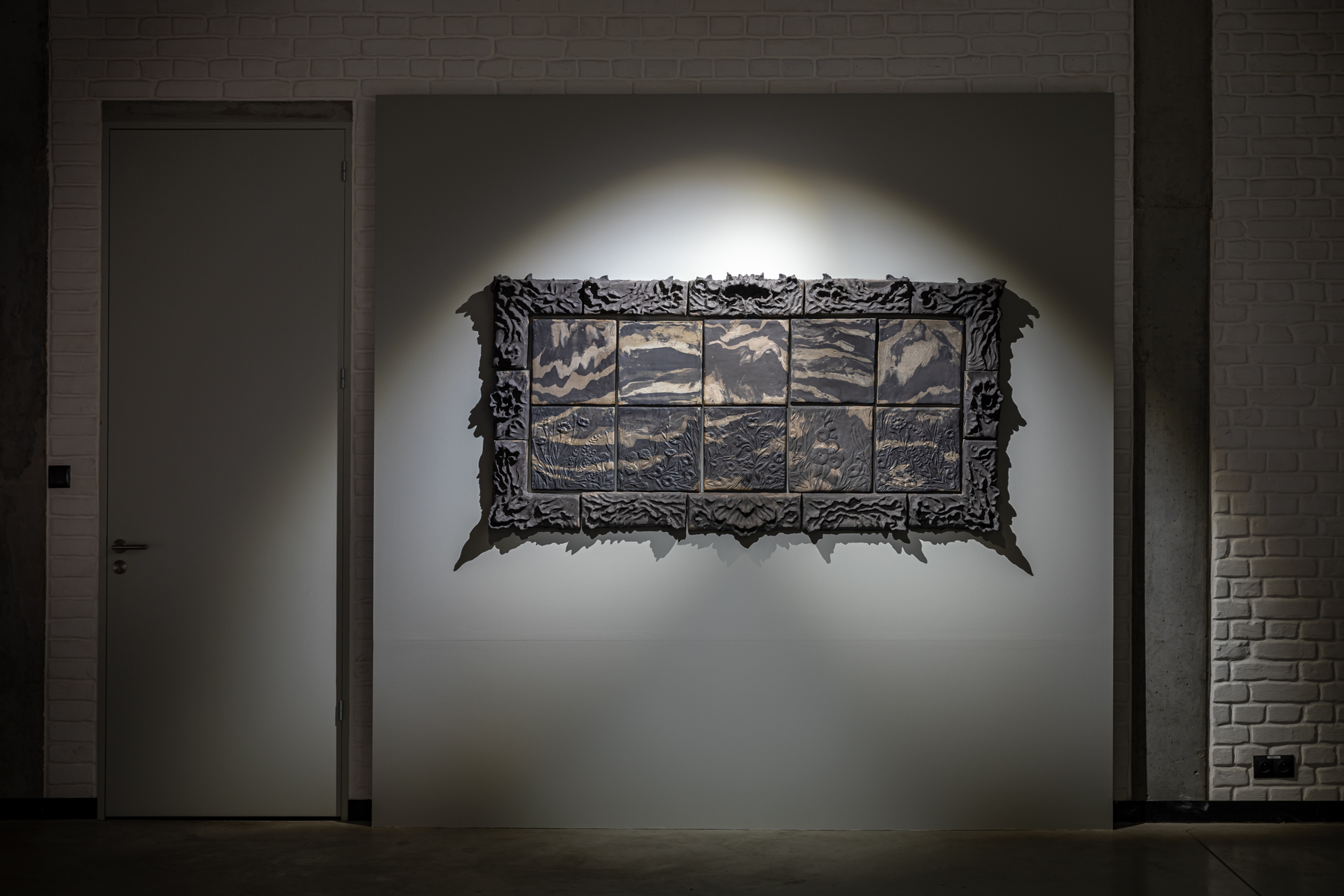
Natalia Koputko, "Landscape II", 2025, bas-relief, ceramics, 190 x 100 x 12 cm
Ecological Imagination
The exhibition "War Garden: Plants in Times of Conflict" presents a microhistory in which plants are not only silent witnesses, but active participants in the events of the Second World War. They accompanied people both on the front lines and in daily life – as sources of hope, food, and medicine, and as symbols of survival in the face of catastrophe.
The works by contemporary female artists explore women’s relationships with specific plant species – such as tomatoes, nettles, and flax – whose importance grew as hostilities escalated. The exhibition encourages reflection on how women engaged with these plants, also in the daily reality of concentration camps and ghettos, as they fought to survive in inhumane conditions.
Beyond their practical uses, the exhibition reveals the deep symbolism of plants – signs of resistance, hope, and memory. It tells the story of a green legacy that endures 80 years after the end of the war.
The Plant as Witness, Archive, and Subject of Stories
After the Second World War, the concept of ecological imagination emerged within the new humanities as an alternative way of understanding the relationship between humans and the natural world. Rooted in reflections on history, memory, and ethics, it challenges anthropocentric paradigms and offers new interpretative frameworks.
This exhibition does not tell a story in the traditional sense. It is not about people seen through human eyes, but about trying to show the experience of war from the perspective of those who usually remain silent – plants. It asks whether nature can be seen as a witness to history: can plants carry traces of violence, hunger, and forced adaptation?
A key curatorial context of the exhibition is precisely this concept of ecological imagination – a way of thinking that moves beyond anthropocentrism and acknowledges the role of non-human life in shaping and preserving memory.
The Plant as Witness and Living Archive
In the part of the exhibition devoted to destruction, violence, and cruelty, the plant appears as a material witness. Using examples of species that survived bombings or grew around concentration camps, it shows that testimony does not need to be verbal. As Susan Schuppli writes, we live in an era of the “material witness” – any entity whose body bears traces of the past can carry memory. A plant rooted in a ghetto did not simply “exist” there; its tissues, reactions, and presence have preserved the history of that place.
The next part of the exhibition, devoted to adaptation and melancholy, casts plants as a medium of memory. Nature does not need marble to remember – a cycle is enough. A plant is not a monument, but a living archive that persists despite change, ages, and is reborn. The exhibition draws on the voices of artists who believe plants remember better than stone: they never forget, even though they do not communicate directly. Following this intuition, it tells stories through plants that have survived, endured death, and now carry their histories in silence.
Plants as Participants in Communication and a Substantial Part of History
The question of non-human communication is central to this narrative. Is it possible to understand a plant? Can we enter into a narrative-based relationship with it? Here we draw on Eduardo Kohn’s view that all living things – not just humans – use signs, communicate, and respond to the world. His well-known question, “What might it mean to say that forests think?” captures the potential of the entire exhibition. We ask not only what plants have experienced, but also how they talk to us: through scent, presence, and persistence in hostile environments.
In "War Garden", history and nature are shown as materially inseparable. We include the testimony of a Brzezinka resident who recalls that birch trees grew there “on human ashes”. This is not a metaphor but biological reality. The birch is not just a witness – it becomes a substantial part of history, having literally absorbed it. This perspective demands a new ethic of memory: respect for what lives in places of death and recognition that history can be held in the bodies, roots, and sap of plants.
The Plant as a Subject of Survival
The exhibition challenges the instrumental treatment of nature – as raw material, backdrop, or tool. The act of transplanting trees, shown in documentary footage, is shown as a form of violence: imposing new conditions on plants against their rhythms and biological needs. It is both an image of human power over the defenceless and a subtle affirmation of plant resistance – their ability to endure despite violence.
"War Garden" is not a nostalgic account of gardening in hard times. It is a radical attempt to tell the story of the Second World War through the prism of plants – not as decorative elements, but as beings that have seen, survived, preserved memory, and perhaps even think. It is about a more-than-human world, existing alongside and before us, which – though it does not speak our language – may express the truth about what happened.
Situating the Exhibition in the Context of Survival
"War Garden: Plants in Times of Conflict" stands between two ideas – plants as supportive entities and plants as survivors, carriers of life in times of destruction. This perspective transforms flora from a neutral backdrop into figures of resistance, presence, and biological memory in wartime.
Marking the 80th anniversary of the end of the Second World War in 2025, the exhibition invites viewers to explore the microhistories of everyday survival recorded in the bodies of plants. While war destroyed human worlds, flora endured – in shadows, on the margins, in hiding – offering shelter, nourishment, and meaning.
Plants were not passive elements of the landscape. Tomatoes, nettles, flax, herbs, and flowers – each played a specific role in the lives of camps, ghettos, and refugees. They became not only means of survival but also markers of presence and silent witnesses to events.
As Elfriede Jelinek writes, “The war left the forest full of shadows”. The shadow of war falls on greenery, but also the reverse: greenery preserves something of humanity. This tension between destruction and endurance is where the exhibition’s essence lies.
Plants in the Face of Violence and in the Rhythm of Melancholy
Part of the exhibition addresses aggression, destruction, and violence – the explosive moment that brutally interrupts the continuity of life. In "The Hunger Angel", Herta Müller writes: “Hunger is not a bunker or a bed frame (...). Hunger is not an object”. This captures the invisibility of suffering while pointing to its material surroundings – a world in which nature, sometimes the only source of food, becomes both witness and participant. Plants present in landscapes of violence gain significance here – not as background, but as bodies marked by history.
The second part of the exhibition focuses on melancholy and adaptation – emotions and biological rhythms shaped by life in the shadow of violence. Müller observes: “The earth is paper-thin” – a fragile yet evocative image. The earth, as a surface of memory, is open to recording trauma, yet it can also regenerate. Plants growing in this earth adapt to the conditions, storing traces of the past in their biology – quietly but tellingly. It is a story of life that continues – not despite history but carrying its full weight.
Agnieszka Kłos

